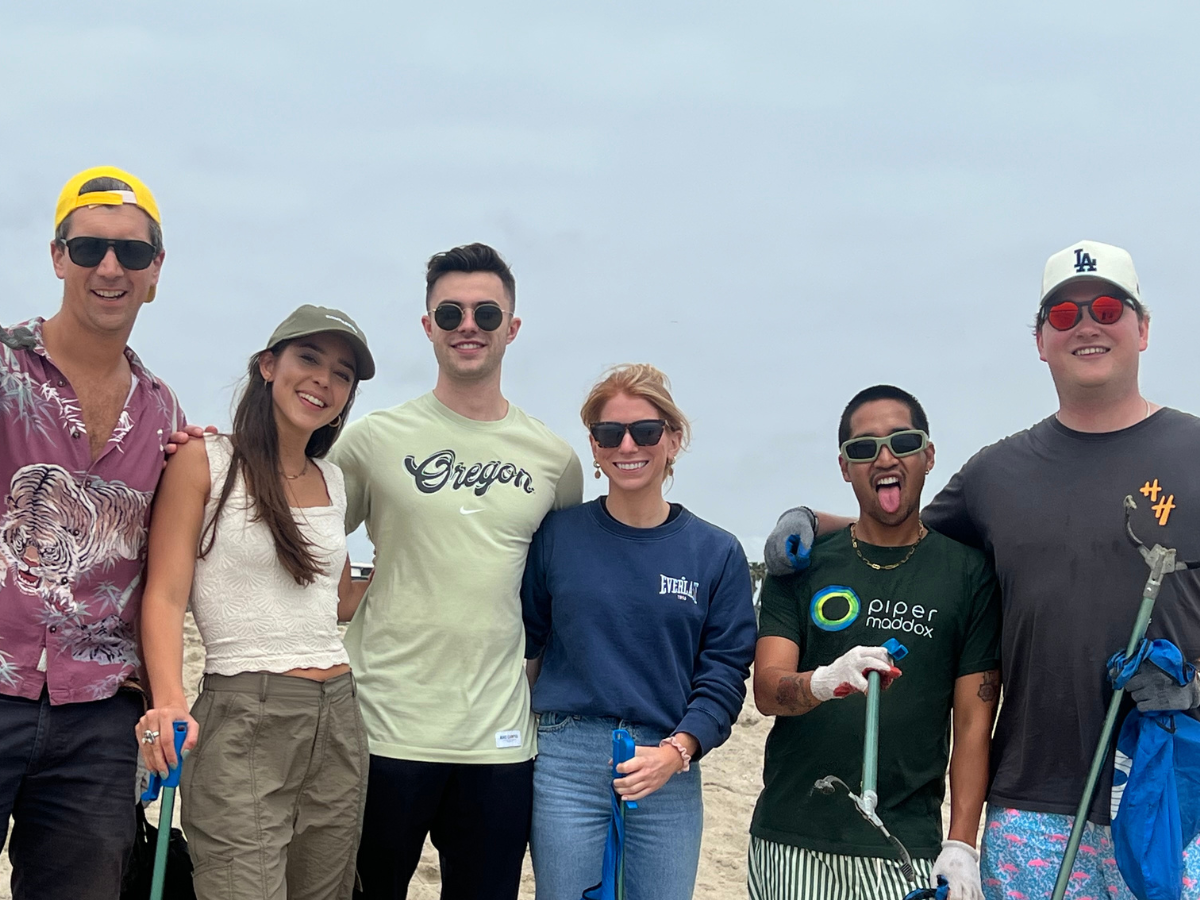Picture yourself at the forefront of the renewable energy revolution, surrounded by a team of passionate professionals who are as vibrant as the green initiatives we support. At Piper Maddox, you'd be part of a community that's reshaping the future, one role or project at a time.

Your dedicated team of clean energy professionals
Passionate about the environment
Welcome to the heartbeat of Piper Maddox. Meet our extraordinary team of passionate individuals dedicated to driving the clean energy revolution forward.
Adrian Martinez
Principal Consultant
Alex Cohen
Senior Director
Alisha Michaels
Principal Consultant - E-Mobility
Charlie Walker
Vice President – Renewables
Charlotte Dungworth
Divisional Manager – Client Development & Projects
Desirae Manka
Divisional Manager, Commercial Skillsets
Dom Jolly
Manager
Harjit Singh
Division Manager
Imogen Simpkin
Senior Vice President- Commercial Strategy, Client Development & DEI Enthusiast
Jack Massie
Head of eMobility - Germany, Austria & Switzerland
Jake Calver
VP – Emobility
Jordan Hayward
Principal Consultant
Kasey Dillon
Divisional Principal
Lacey Collins
Divisional Manager – Clean Fuels, Carbon Capture, & Energy Storage
Laura Caswell
Contracts USA - Vice President
Max Fronicke
Vice President, Key Accounts and Strategic Client Development
Michael Wald
VP - Client Development & Commercial Strategy
Nolan Cridge
Manager – Renewables
Ryan Albrighton
Senior Director – Head of Embedded Solutions
Samantha Keay
SVP – Piper Maddox New York
Sam Dobbins
Principal Consultant - Clean Fuels
Sam Rosenthal
Divisional Manager - Renewables EPC
Steve Earl
Director - Market Strategy & Innovation
Caitlin McCarley
Manager- UK & Ireland Renewables
Charles Orr
Divisional Manager – eMobility, Hydrogen & Clean Fuels
Ethan Williams
Principal Consultant
Josh Taylor
Associate Director – Head of Clean Energy, Europe
Lucy Henry
Head of France, Nordics and UK - eMobility (EV charging)
Sue White
Senior Director
Tom Clarke
Senior Director
We are proud to be a LHi Group Company
LHi Group, established in 2002, is a global company with four non-competing specialist recruitment brands and a project delivery brand.
Our brands include Lawrence Harvey (Technology), SciPro (Life Sciences), Harper Harrison (Built Environment), XPS (Project Delivery) and of course Piper Maddox (Clean Energy/Tech).





















































